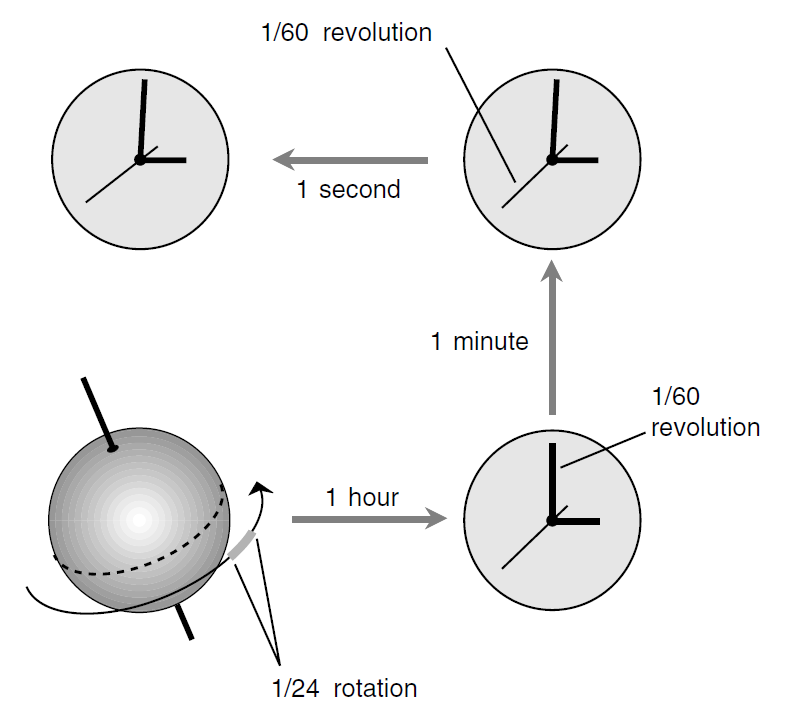
تاريخ الفيزياء

علماء الفيزياء


الفيزياء الكلاسيكية

الميكانيك

الديناميكا الحرارية


الكهربائية والمغناطيسية

الكهربائية

المغناطيسية

الكهرومغناطيسية


علم البصريات

تاريخ علم البصريات

الضوء

مواضيع عامة في علم البصريات

الصوت


الفيزياء الحديثة


النظرية النسبية

النظرية النسبية الخاصة

النظرية النسبية العامة

مواضيع عامة في النظرية النسبية

ميكانيكا الكم

الفيزياء الذرية

الفيزياء الجزيئية


الفيزياء النووية

مواضيع عامة في الفيزياء النووية

النشاط الاشعاعي


فيزياء الحالة الصلبة

الموصلات

أشباه الموصلات

العوازل

مواضيع عامة في الفيزياء الصلبة

فيزياء الجوامد


الليزر

أنواع الليزر

بعض تطبيقات الليزر

مواضيع عامة في الليزر


علم الفلك

تاريخ وعلماء علم الفلك

الثقوب السوداء


المجموعة الشمسية

الشمس

كوكب عطارد

كوكب الزهرة

كوكب الأرض

كوكب المريخ

كوكب المشتري

كوكب زحل

كوكب أورانوس

كوكب نبتون

كوكب بلوتو

القمر

كواكب ومواضيع اخرى

مواضيع عامة في علم الفلك

النجوم

البلازما

الألكترونيات

خواص المادة


الطاقة البديلة

الطاقة الشمسية

مواضيع عامة في الطاقة البديلة

المد والجزر

فيزياء الجسيمات


الفيزياء والعلوم الأخرى

الفيزياء الكيميائية

الفيزياء الرياضية

الفيزياء الحيوية

الفيزياء العامة


مواضيع عامة في الفيزياء

تجارب فيزيائية

مصطلحات وتعاريف فيزيائية

وحدات القياس الفيزيائية

طرائف الفيزياء

مواضيع اخرى
THE SECOND
المؤلف:
S. Gibilisco
المصدر:
Physics Demystified
الجزء والصفحة:
p 149
10-9-2020
834
THE SECOND
The SI unit of time is the second, symbolized by the lowercase nonitalicized English letter s (or sometimes abbreviated as sec). It was defined originally as 1/60 of a minute, which is 1/60 of an hour, which in turn is 1/24 of a mean solar day. A second was thus thought of as 1/86,400 of a mean solar day, and this is still an excellent definition (Fig. 1). However, formally, these days, 1 s is defined as the amount of time taken for a certain cesium atom to oscillate through 9.192631770 x 109 complete cycles.

Fig. 1. Originally, the second was defined as (1/60)(1/60)(1/24), or 1/86,400, of a mean solar day.
One second also happens to be the time it takes for a ray of light to travel 2.99792458 x 108 m through space. This is about three-quarters of the way to the Moon. You may have heard of the Moon being a little more than one light-second away from Earth. If you are old enough to remember the conversations Earth-based personnel carried on with Apollo astronauts as the astronauts walked around on the Moon, you will recall the delay between comments or questions from earthlings and the replies from the moonwalkers.
The astronauts were not hesitating; it took more than 2 seconds for radio signals to make a round trip between Earth and the Moon. In a certain manner of thinking, time is a manifestation or expression of linear dimension, and vice versa. Both of these aspects of nature are intimately related by the speed of light, which Albert Einstein hypothesized is an absolute.